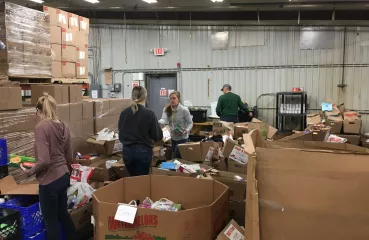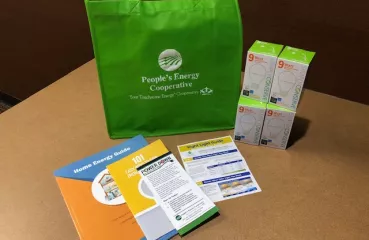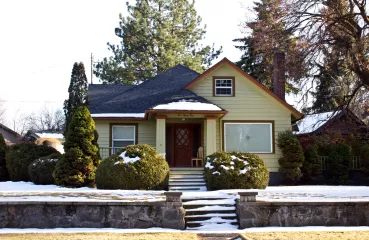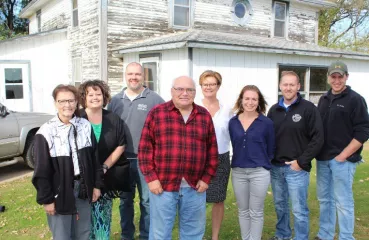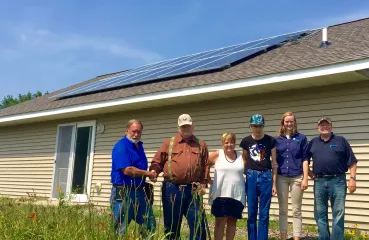Marie Donahue: We started this conversation around how much is demanding our attention and how an ability to stay focused on things that matter is really challenging in times of change and disruption. How do we make sure we maintain some of the focus and stamina we need to move forward with clean energy work?
Lissa Pawlisch: I started this job a really long time ago. I started in 2003, and the thing that I was really most excited about was that there is a passion and an opportunity for this work and people just need to feel like they have a voice and that they have a say. We did all of this work really early on around wind energy and helping people understand what their part was in wind energy, that it was about farmers and rural landowners. And communities thinking about how this was going to be a part of their community, and not just then, but for decades. I think that same hope is there. This has felt, in some ways a different job almost every year, that there's something new that's happening. You get to really learn and dig in and forge collaborations, but also think about new project models and how it’s all going to work. And I think that's where we are.
Lissa goes on to share some more bright spots she sees in how Minnesota can adapt and support communities hit hardest by the COVID-19 pandemic and systemic racism, whether those are in strengthening Minnesota’s community solar program, bolstering local government investment in clean energy, or doing community-based work through a regional model that enables sharing knowledge of best practices and resources across the state. Even though all of these come with their own challenges, Lissa remains optimistic about the resilience of communities to weather these challenging times.
I think one of the great things that may come out of this is that people have practiced their community muscle. How do we flex it? How do we come together to support each other? What does it look like when we do that? How do we think about supply chains and food, but also how we're getting service to the people who need it most and, and seeing where those places are.
It really requires a robust network of intermediaries and connectors and all of that. And I think, we have that in some places, and we have that in some sectors. But I think it's really being intentional about making that whole and diversifying those voices because that's the only way that you get community. It’s the only way that you can really ably support that community-based work.
There are people who are digging into what that community looks like and for community-based energy, where we talk about it being based, not necessarily about a scale, but because of decision making. This is that life moment. People are having conversations. How do we help inject this into that conversation? And that's the kind of stuff that actually gives me goosebumps, right? That’s the kind of work that we want to be doing.
I think there's a way for us to come in and come alongside and support people in what they want to be doing and help be an extra shoulder for that. And I hope that's what the next year of work looks like. Even if it's a little bit more virtual than we might want. Then also the next two, three, five years looks like. We are blessed with good partnership. We are blessed with people who are dedicated to this work, through having built bridges and from knowing that there are more bridges to build. I think that the future is bright.


.png)


